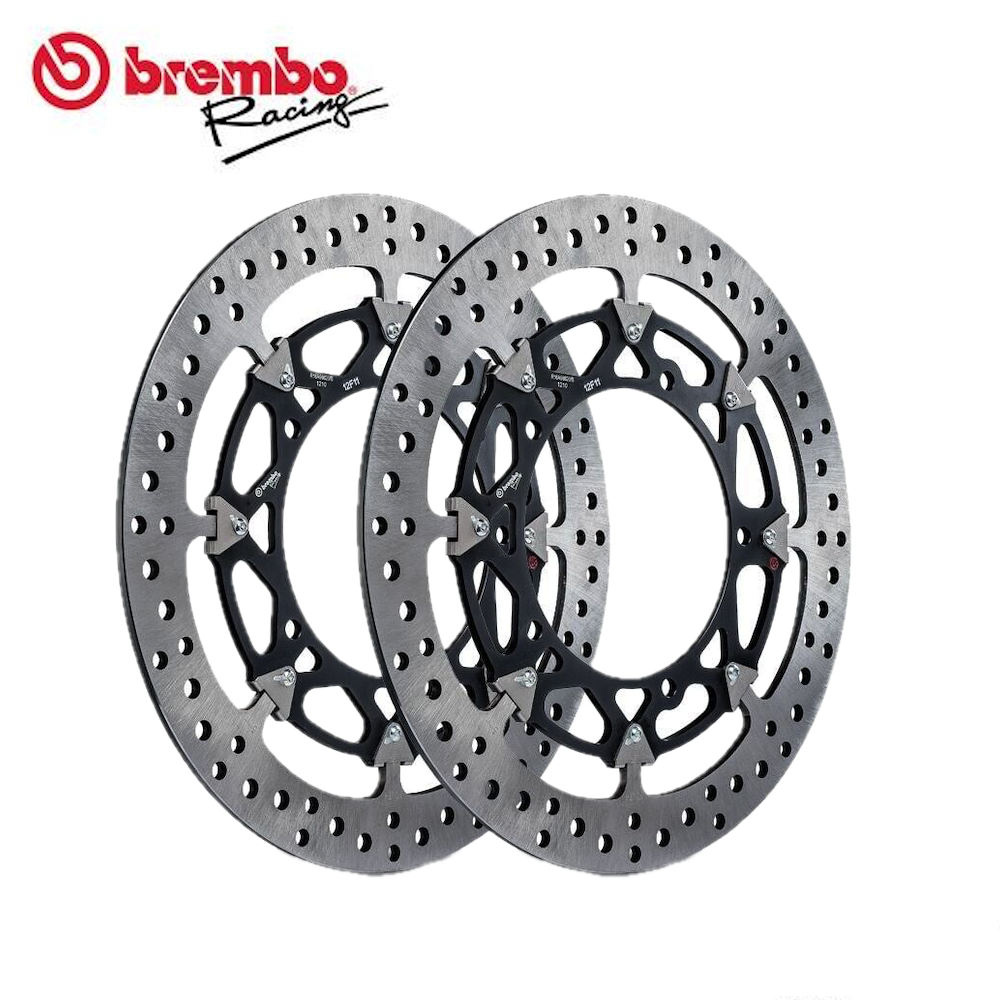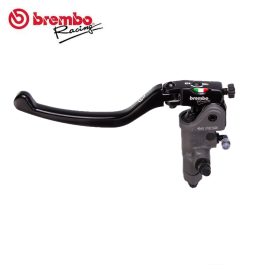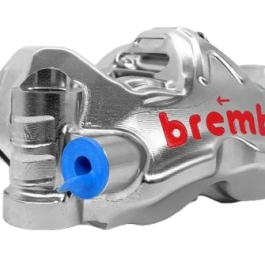
Motorcycle performance parts specialists. Helping you create your perfect motorbike.
Email: sales@conquestracingltd.com
Conquest Racing LTD
Unit 2B Clump Farm Ind Est, Tin Pot Lane, Shaftesbury Road, Blandford, Dorset, DT11 7TD, United Kingdom; Opening times 9:00-17:30 Monday-Thursday ; 9:00-13:00 Friday; Closed Saturday & Sunday; *Visiting by appointment only
Description
Brembo Honda CB1000R T-Drive 320 Brake Discs 2008-2017
When a motorcycle brakes, the disc needs to dissipate the kinetic energy. This is usually done through friction between the pads and the disc, which converts the energy into heat. The disc is then subjected to a thermomechanical force (heat + force), which it naturally withstands without deforming. Every disc has its own inertia, which depends on its weight and external diameter and affects speed when changing directions.
When designing a new disc, all of these factors must be taken into consideration. The best performance is achieved when the disc is both lighter and more resistant.
The “T-Drive” disc is a product that incorporates the most recent Brembo Racing technologies and know-how, previously exclusive to MotoGP and SBK. The innovation that sets the “T-Drive” disc apart from traditional versions with cylindrical bushings is the special “T” profile of the eight connections between the rotor and drum. This unique coupling allows for a more efficient transfer of braking torque, leading to higher resistance to thermomechanical stresses. The t-Drive system ensures both radial and axial movements (full-floating), resulting in better performance and weight reduction, which consistently improves bike handling. The new rotor is lighter due to its reduced height and more efficient thanks to the new position of holes with differentiated diameters.
In addition, the drum plays a crucial role in achieving the best results. Made from aluminium alloy through CNC machining, it has been designed to guarantee both lightness and stiffness.
Technical Characteristics
| Mounting | As original |
| Rotor height | 33.2 mm |
| Rotor thickness | 5,5 mm |
| Rotor material | Stainless steel |
| Bell material | Aluminium |
| Connection number | 8 |
Over the 50 years since Brembo was founded in Italy, their company history has been dotted with great technological, sporting, and commercial successes, transforming the company into a global leader – a brand synonymous with “brakes” worldwide.
Its successes include producing the first complete braking system, installed as standard on Moto Guzzi and Laverda motorcycles in 1972; the Formula 1 supply for Ferrari in 1975; the first aluminium caliper and the first carbon discs in the 1980s. In 2021, Brembo celebrated its first 60 years of history: An entrepreneurial adventure steeped in technological innovation and continuous research in design and performance, which has led to a starring role in motorsport.
Look at any top-level motorsport, whether it’s two or four-wheeled, and it won’t take you long to find a Brembo braking system – they make some of the world’s best brakes for some of the world’s best teams, and we wouldn’t use anything else on our race bikes.









